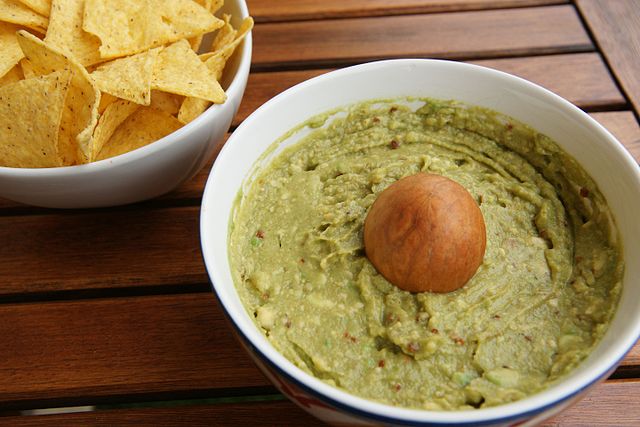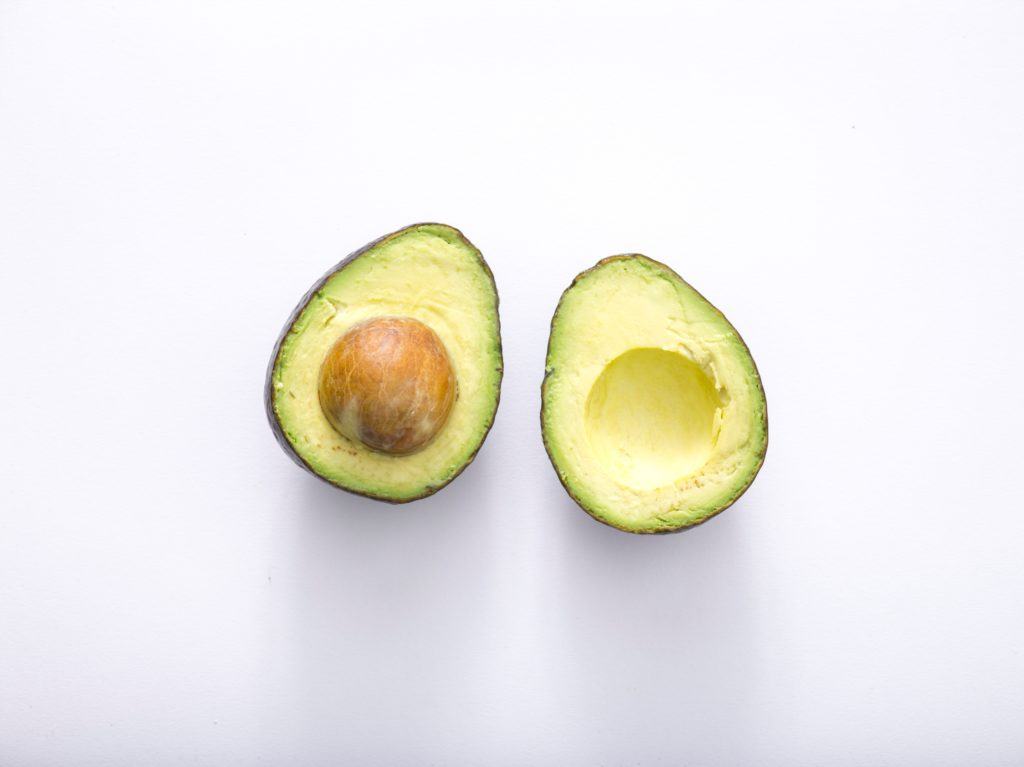There are few treats better than guacamole after a long week. Crushed avocado on chips is a savory, filling, and sometimes spicy appetizer to a larger meal.
It can also serve as a great addition to a Sunday football fest!
Since guacamole is so integrated with American society, either through Mexican restaurants or tailgates, its history can get lost in this pop culture haze.
However, guacamole ingredients and their true origins contribute to the way we enjoy this treat now. As such, it’s worthwhile revisiting that history while pursuing the most authentic version of this food.
Our guide to all things guacamole will help you understand the roots of this appetizer while uncovering several different ways to make it, depending on your own tastes and ambitions.
Once we’re through, you’ll be able to modify your version of guacamole to have a unique twist, while also appreciating the original dish and its tasty flavor.
Contents
Origins of Guacamole
Most of us know that guacamole has origins in Central America, but because of its popularity in Mexican restaurants, it’s an easy treat to prescribe solely to Mexico.
This singular historic association isn’t entirely correct – but then again, it isn’t wrong either.
The diverse history of guacamole has led to its many interpretations, and it’s fun to explore where exactly these strange or unusual additions came from. Let’s take a look!
Pre-Sixteenth Century
Erin Nudi, on her blog, notes that avocados have been grown in Central America since 7000 BC, as the climate and rich land suit the plant.
Even so, Nudi claims that the avocado did not arrive in what we know as present-day Mexico until the 1300s. The writers at WiseGeek elaborate both on this migration and on the cultural myths that arose around the avocado.
Apparently, the Aztecs who took up the cultivation of the plant referred to avocado trees as “testicle trees” and would not allow Aztec women to leave the house during the avocado’s harvest, because they thought exposure to ripe avocados would rest in the women’s sexual impurity.
Moving on from that curious nugget of information, Graham Bass and co. go into the history of guacamole along with the origins of a number of other foods, highlighting the diverse stretch of cultures that come together in order to make up American cuisine.
According to their publication on Food Origins, which explores food in the early modern world, it’s unclear as to when the first time guacamole was made, but that first recordings of it appear in the sixteenth century.
Bass and co. establish that the original guacamole was just crushed avocados (no extra spices!), which was referred to as “āhuacamolli” by the Nahuati people who created it. That term translated almost directly to “avocado sauce,” according to Bass and his peers.
Since the modern version of guacamole is beloved for its wide range of ingredients, especially a few choice spices, what caused this revolution of flavor? Well, that may be contributed to the influence of the Spanish, who brought quite a few changes to the area.
Spanish Influence
In the sixteenth century, around the early 1500s, the Spanish arrived in what we now know as Central America.
The Spanish conquered, eradicated, and colonized Aztec land, taking with them the beginnings of guacamole. This invasion was the opportunity to introduce a little acid to this now well-known dish.
Bass and co. highlight the fact that when Spanish invaders took avocados back to Europe, they introduced Persian lies to the avocado sauce, as well as spices like garlic and cumin.
As you can imagine, this dramatically altered the flavor overall, and still would have tasted very different from your modern guacamole.
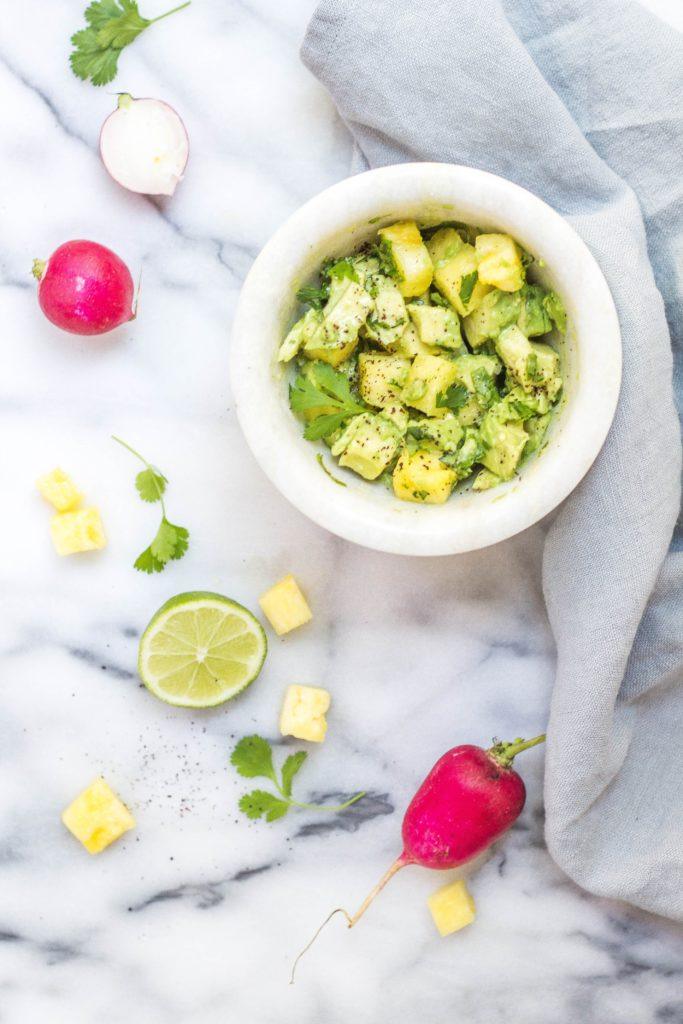
This new concoction went back and forth between the old world and the new and was modified by individual cultures as time progressed and land changed hands.
Modern Day
As the United States took shape and developed international power, avocados found a new home in California, according to Olga Khazan at The Atlantic.
Because Americans were paranoid about pest invasions and the growing Latin American population in California, there was a governmental ban on importing avocados from Mexico for 83 years, leaving Californian farmers to fulfill the need for avocados across the whole of the United States.
It wasn’t until 1997, according to Martha Groves and Mary Beth Sheridan of the Los Angeles Times, that the ban was lifted. As such, Mexico and the United States could engage in a new, delicious trade.
Even before the ban lifted, however, avocado sauce (or guacamole), became a well-known and beloved dish.
Nowadays, it is an exceedingly popular treat to have at any number of events, though it is most commonly found at Super Bowl parties or at appropriate celebrations of Cinco de Mayo.
Here’s a video explaining more on avocados and how they grow.
Chunky Guacamole or Smooth – The Great Debate
Even as the dish became popular, though, a debate arose and remains to this day: Is guacamole better when it’s left chunky or when it’s pulverized until smooth?
While this guide remains neutral (hint: the answer’s smooth), chefs across the world have issued their opinions about the texture of this now-beloved dish.
Joanna O’Leary of Houston Press insists that while she doesn’t want her chips to be full of solely tomato and onion, chunky is the best way to go, because it allows people to experience the full flavor of guacamole.
The chefs at Bon Appetit agree, wanting a bit of bite in their guacamole so that the dish remains texturally interesting.
With the original guacamole (or avocado sauce) being as plain as it is, independent blogger and home chef Melissa Colleret conversely argues that the messiness of chunky guacamole makes it less enjoyable to eat; instead, plain, smooth guac is the way to go.
Whatever your stance, guacamole and individual guacamole recipes are incredibly versatile. You can make it any way you desire, with additives and unique textures.
If you’re looking for more colorful guacamole, then you may want to leave chunks in your dish.
If you’re looking for a smooth texture or to put your guacamole on a sandwich, burrito, or another primary dish, then consider blending your ingredients for a while longer than usual.
Guacamole and Health
Debates aside, no matter how you enjoy your guacamole, it is, at least, a little good for you. You can thank that healthy connection to the presence of avocado.
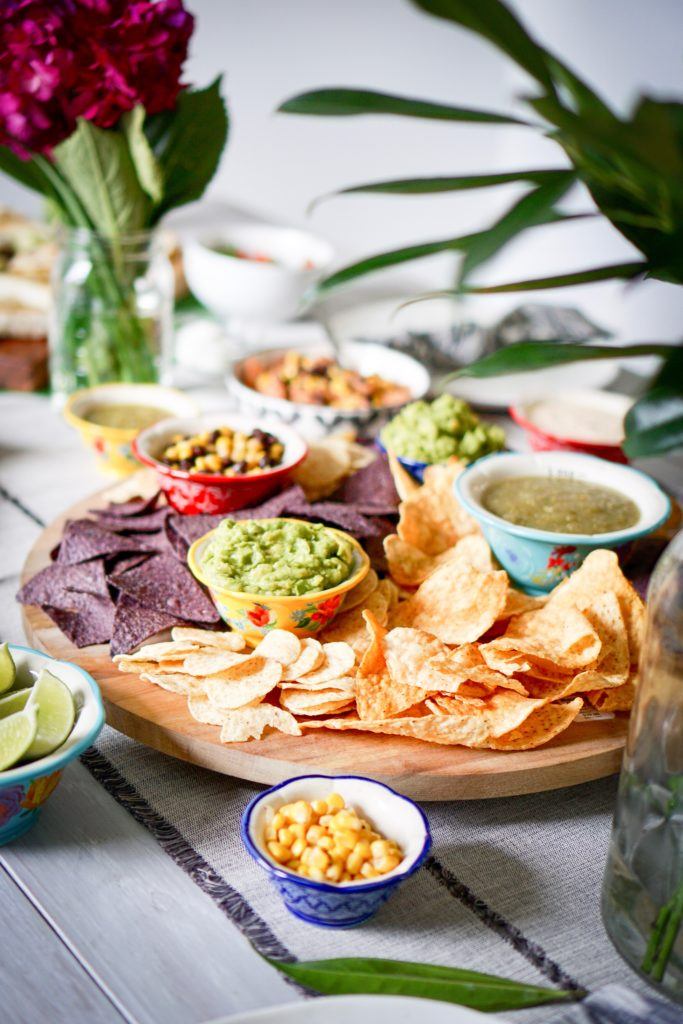
As the people at St. Joseph Health put it, guacamole and avocados both are fatty – but in a good way.
Avocados have a significant amount of monounsaturated fat, or “healthy fat” that your body needs to keep your heart healthy.
Because of this, as well as the fiber that the avocados have in them, not to mention their higher-than-average water content, guacamole – especially when mixed with fresh vegetables and made at home – is fairly good for you to eat.
Don’t use that health benefit as an excuse to overeat next Sunday, though! Even dishes that are best for you are only good in moderation, as avocados are high in calories and is usually paired with other high-calorie foods.
Standard Guacamole Recipe
With all of that in mind, we can begin exploring different ways to make this tasty appetizer.
Let’s start out with an easy guacamole recipe – one you can make in twenty minutes on a Sunday morning when you’ve forgotten to buy enough snacks for your football fest.
Ingredients
- 2 avocados, chopped.
- ¼ onion, chopped.
- 1 tomato, chopped.
- 2 teaspoons of lemon or lime juice.
- 1 jalapeño, chopped (optional).
- Cilantro, to taste.
- Cumin, to taste.
- Salt, to taste.
Method
- Step 1: Peel and core your avocados. Slice into cubes and place in a bowl to the side.
- Step 2: Chop your onion, tomato, and jalapeño. Set aside.
- Step 3: Take a fork and begin mashing your cubed avocado to your desired texture. If you prefer chunky guacamole, skip this step.
- Step 4: Add lemon or lime juice immediately, in order to preserve the color of the avocados.
- Step 5: Add cilantro, cumin, and salt to the avocados and mix until satisfied.
- Step 6: Add onion, tomato, and jalapeño to the bowl of avocado.
- Step 7: Chill until your guests arrive or serve immediately.
Spicy Guacamole
If you’re looking to add a little more bite and color to your guacamole, you can adjust this guac recipe to your liking.
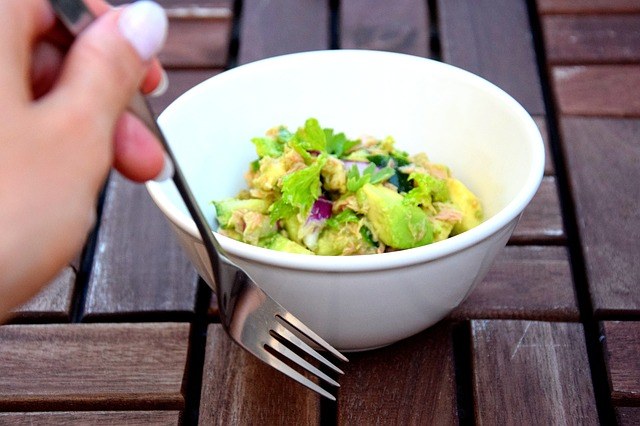
Ingredients
- 4 avocados, chopped.
- 2 tomatoes, chopped.
- 2 red onions, chopped.
- 1 mango, chopped.
- 2 jalapeños, chopped.
- 2 teaspoons of tabasco sauce.
- 2 teaspoons of lemon or lime juice.
- Salt, to taste.
- Cilantro, to taste.
- Cumin, to taste.
- Garlic powder, to taste.
Method
- Step 1: Peel and core your avocados. Slice into cubes and place in a bowl to the side.
- Step 2: Add lemon or lime juice immediately to preserve the color.
- Step 3: Depending on your textural preference, mash your avocados.
- Step 4: Once satisfied, add salt, cilantro, cumin, garlic powder, salt, and 1 teaspoon of tabasco sauce to avocado mixture. Set aside.
- Step 5: Chop tomatoes, red onions, mango, and jalapeños.
- Step 6: Add chopped ingredients to the avocado mixture along with the other 1 teaspoon of tabasco sauce.
- Step 7: Mix gently until combined.
- Step 8: Chill until your guests arrive or serve immediately.
Here’s a video showing an example of a basic guacamole recipe.
Authentic Chips and Guac Recipe
If you want your homemade guacamole to be as close to the original version as possible, then this is the recipe for you.
Ingredients
Guacamole
- 4 avocados, chopped and mashed.
- 2 teaspoons of lemon or lime juice.
- Salt, to taste.
Chips
- 4 cups flour.
- 1 teaspoons of salt.
- 2 teaspoons of baking powder.
- 2 tablespoons of lard.
- 1 ½ cups of water.
- 1 tablespoons of lime juice.
- 1 tablespoons of olive oil.
Method
Guacamole
- Step 1: Peel and core your avocados. Slice into cubes and place in a bowl.
- Step 2: Mash until smooth, depending on your preferred texture.
- Step 3: Add lemon or lime juice and salt.
- Step 4: Chill until guests arrive or serve immediately.
Chips
- Step 1: In a bowl, combine flour, salt, and baking powder. Stir until well mixed.
- Step 2: Add lard to the bowl and mix in with your fingers until the mixture feels and looks like wet sand.
- Step 3: Add water slowly until the dough forms a ball.
- Step 4: On a well-floured surface, turn out the dough and knead until silky.
- Step 5: Divide the dough into 24 pieces and flatten into disks.
- Step 6: Oil a skillet and preheat that skillet to medium-high heat.
- Step 7: Place one rolled-out disk into the skillet and cook until bubbles start to appear.
- Step 8: Flip and cook the tortilla until golden.
- Step 9: Remove and repeat with the other disks of dough.
- Step 10: Once the tortillas have cooled, cut them into four pieces each with a pizza cutter or knife. Preheat an oven to 376 degrees Fahrenheit.
- Step 11: Brush the slices with a combination of olive oil and lime juice.
- Step 12: Place the cut-up and basted tortilla slices onto a baking sheet. Make sure not to overlap any of the pieces!
- Step 13: Bake the tortilla chips for 9-12 minutes or until the chips turn golden brown.
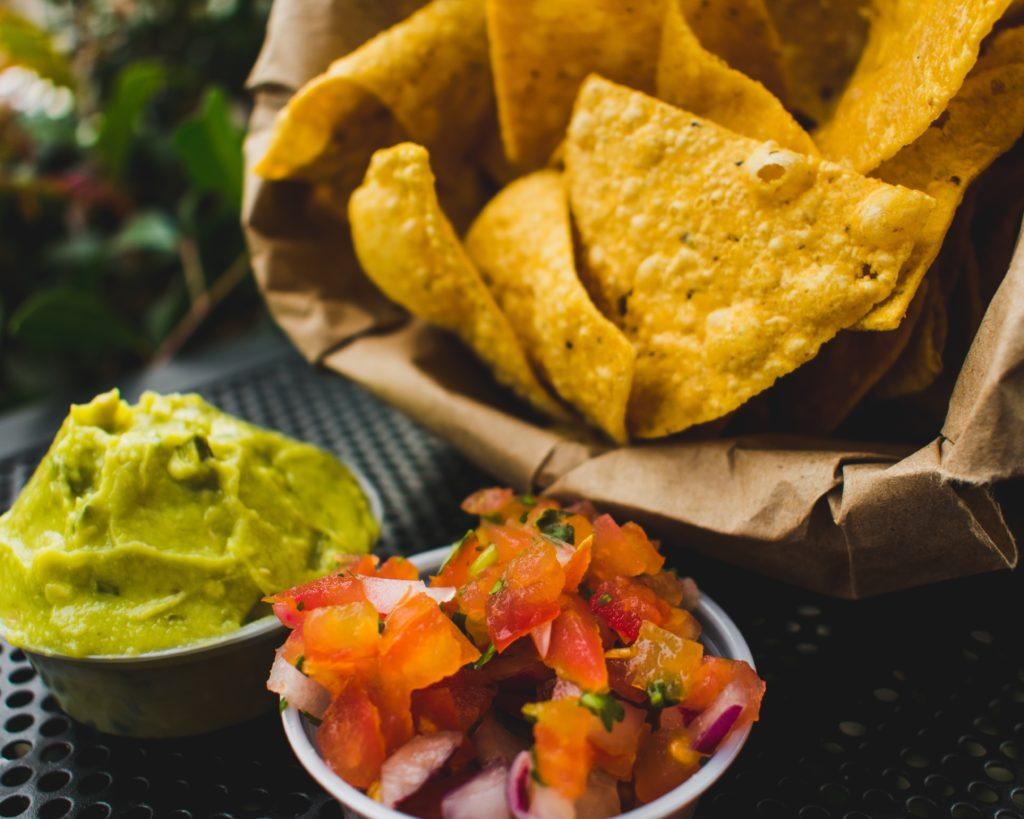
Conclusion
That diverse array of recipes is just a sliver of the available versions of guacamole that have popped up since the dish’s first appearance in early history.
No matter what your taste, preferred spiciness, or opinion on texture, there is likely a guacamole recipe out there for you.
It doesn’t have to be Super Bowl Sunday for you to make a stunning bowl of guac. Take a tip from some of the older recipes and add chunkier pieces of tomato or a different variety of spices.
Try mixing the mashed avocados with different acids, like tomato juice or mango juice, to see what kind of flavor combinations you and your guests like best.
Guacamole is one of the most versatile appetizers that can be made in this modern age, even to the point where it can be served as a meal all on its own!
What’s your favorite guac recipe?

